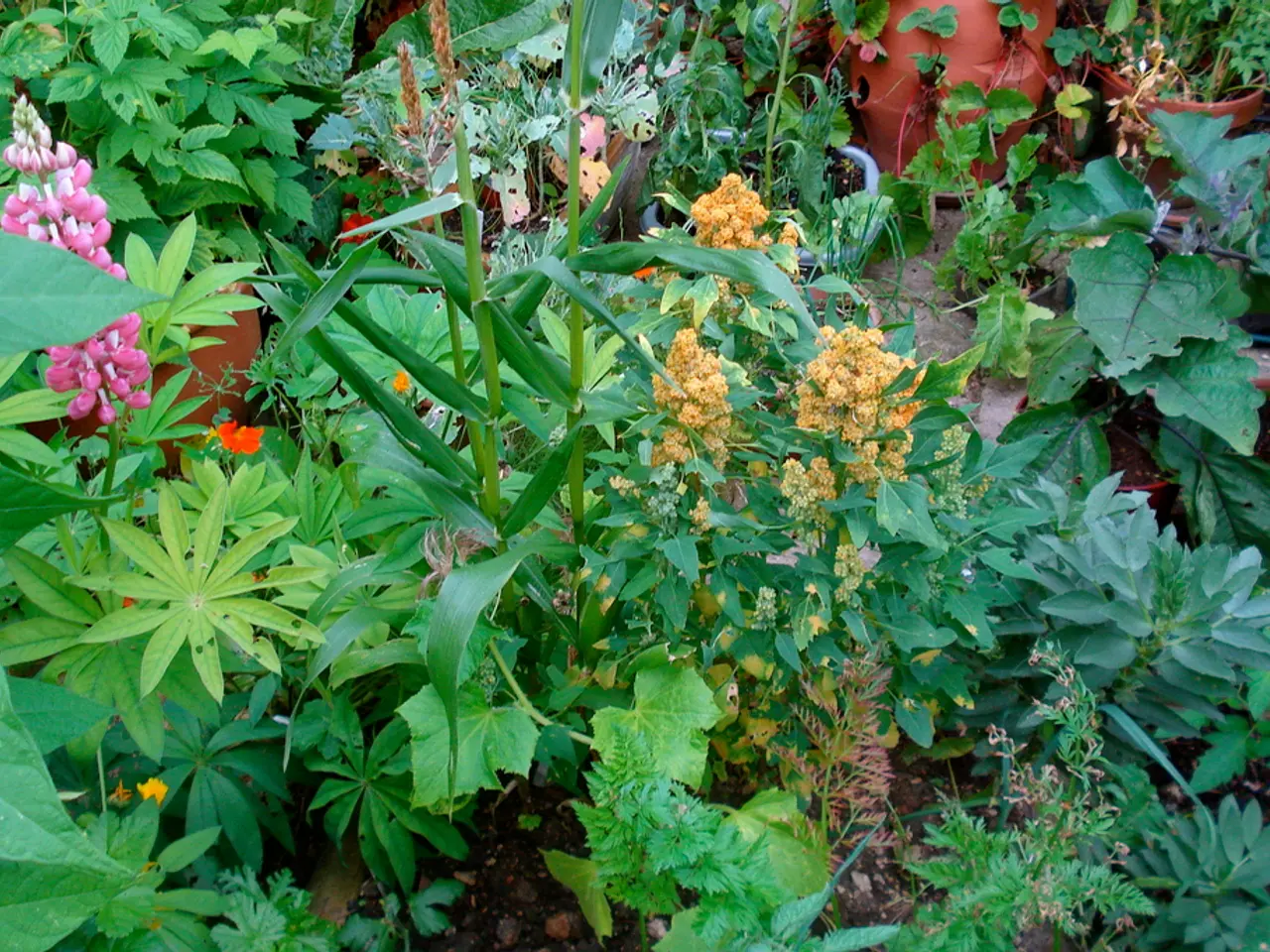Guide to Growing Peace Lilies: Their Advantages, Maintenance, Reproduction, and Additional Information
Indoor gardening enthusiasts rejoice! The Peace Lily, with its lush green leaves and elegant white blooms, is a popular choice for those seeking to bring a touch of nature into their homes. Here's a comprehensive guide to help you care for your Peace Lily and ensure it thrives.
Firstly, Peace Lilies thrive in humid conditions. To mimic their tropical environment, maintain moderate to high humidity (50% or higher) by regularly misting the leaves or using a humidifier nearby. If your home is dry, consider using a humidity tray to keep the air around the plant moist.
Secondly, providing bright, indirect light is crucial. Peace Lilies can tolerate low-light conditions but avoid direct sunlight to prevent leaf scorch. A well-lit corner near a north-facing window is ideal.
Watering your Peace Lily correctly is essential. Keep the soil consistently moist but not soggy. Water when the top inch of soil feels dry; during colder months, reduce watering frequency. Use room-temperature, filtered or rainwater if possible, as Peace Lilies are sensitive to chlorine and fluoride in tap water. Water thoroughly until excess drains, and discard water collected in the saucer to avoid root rot. Drooping leaves indicate the plant needs water but will recover quickly after watering.
Peace Lilies prefer a stable environment between 65–80°F (18–27°C). Avoid cold drafts and direct heat sources. For the soil, use a well-draining, nutrient-rich potting mix—typically a blend of peat moss, cocopeat, and perlite—to promote healthy root growth and prevent waterlogging. Select pots with drainage holes and repot every 1–2 years to refresh soil and accommodate growth.
Fertilize your Peace Lily every 6–8 weeks during spring and summer with a diluted, balanced liquid fertilizer to encourage healthy foliage and flowering. Regularly trim yellowing or dead leaves to keep the plant healthy and attractive.
When transplanting Peace Lilies, choose a slightly larger pot but not too large. With proper care, Peace Lilies can bloom beautifully, bringing a touch of nature into your home all year round.
Lastly, it's important to note that Peace Lilies are toxic to pets if ingested, so place them out of reach in pet-friendly homes.
By following these care tips, you'll be well on your way to nurturing a thriving Peace Lily that not only purifies the air but also improves sleep quality. Enjoy the benefits of this easy-to-care-for plant as it adds a touch of elegance to your indoor space.
- For optimal growth, Peace Lilies require a nutrient-rich, well-draining potting mix, such as a blend of peat moss, cocopeat, and perlite, in pots with drainage holes.
- To maintain the Peace Lily's health and attractiveness, gently trim yellowing or dead leaves on a regular basis.
- Every 6–8 weeks during spring and summer, fertilize your Peace Lily with a diluted, balanced liquid fertilizer to encourage abundant foliage and blooming.
- Keep in mind that Peace Lilies are harmful to pets if consumed, so ensure they are safely placed out of reach in pet-friendly homes.








